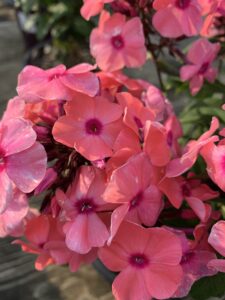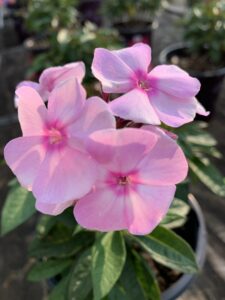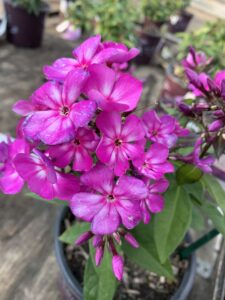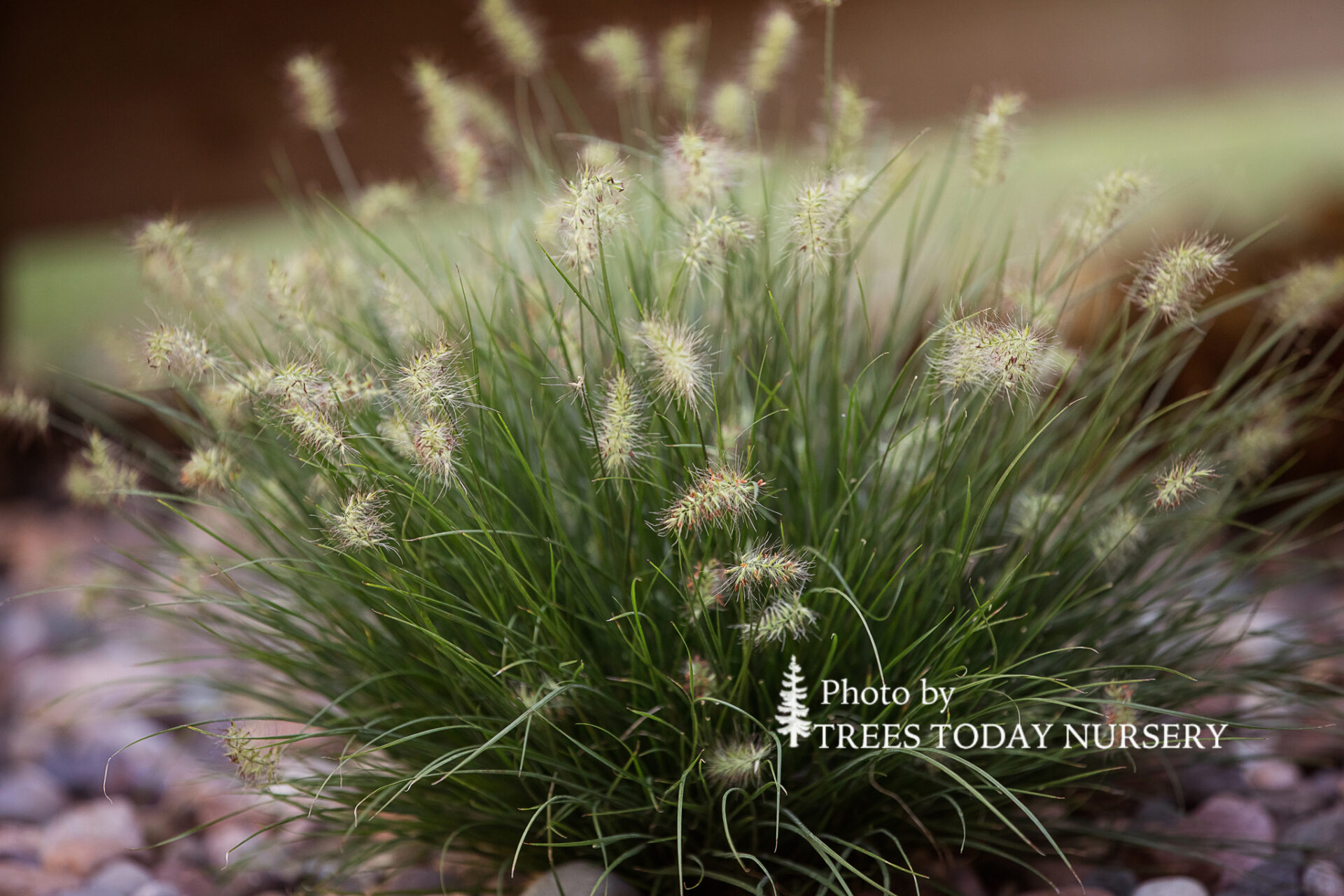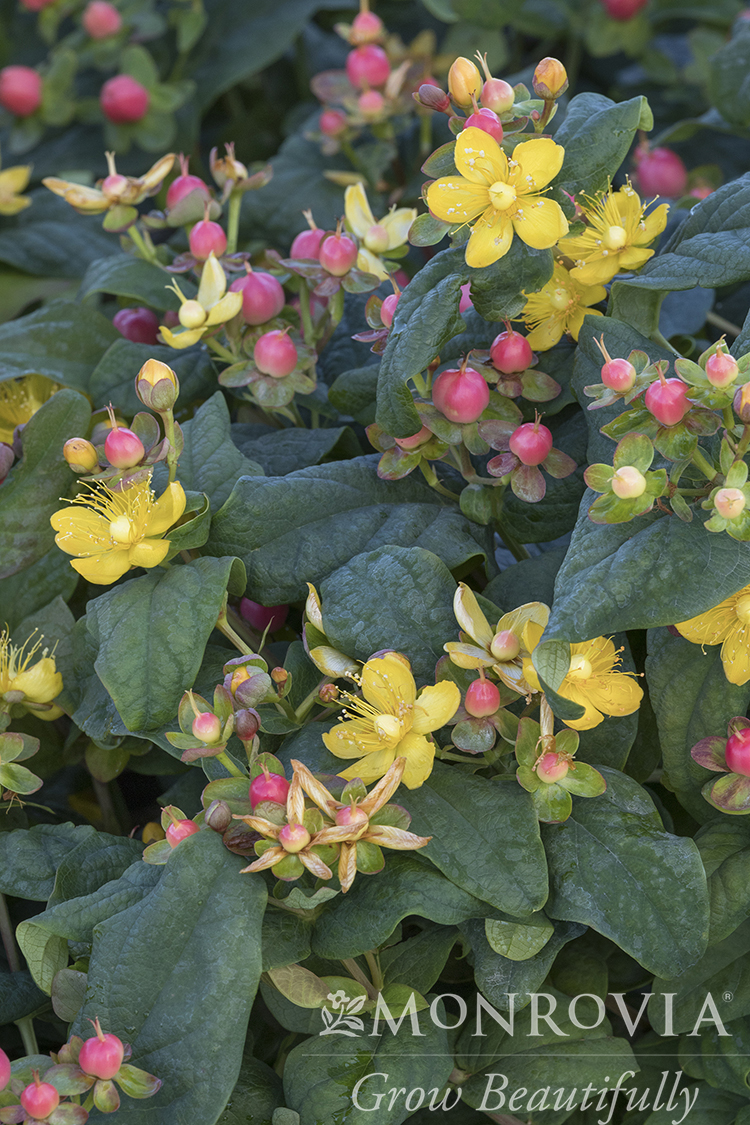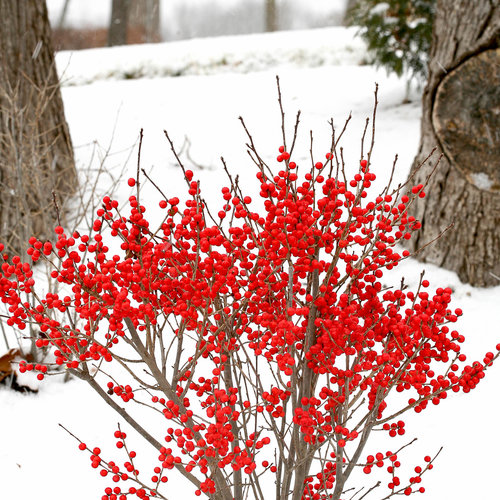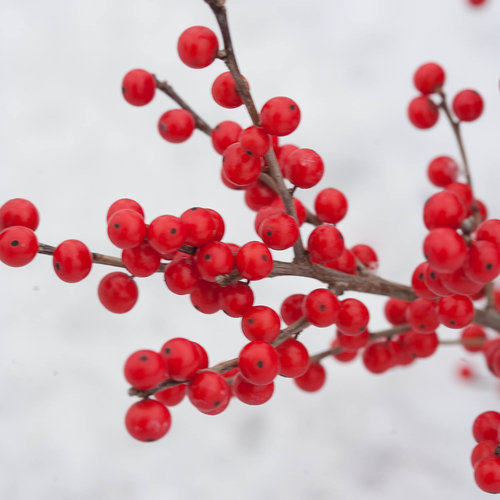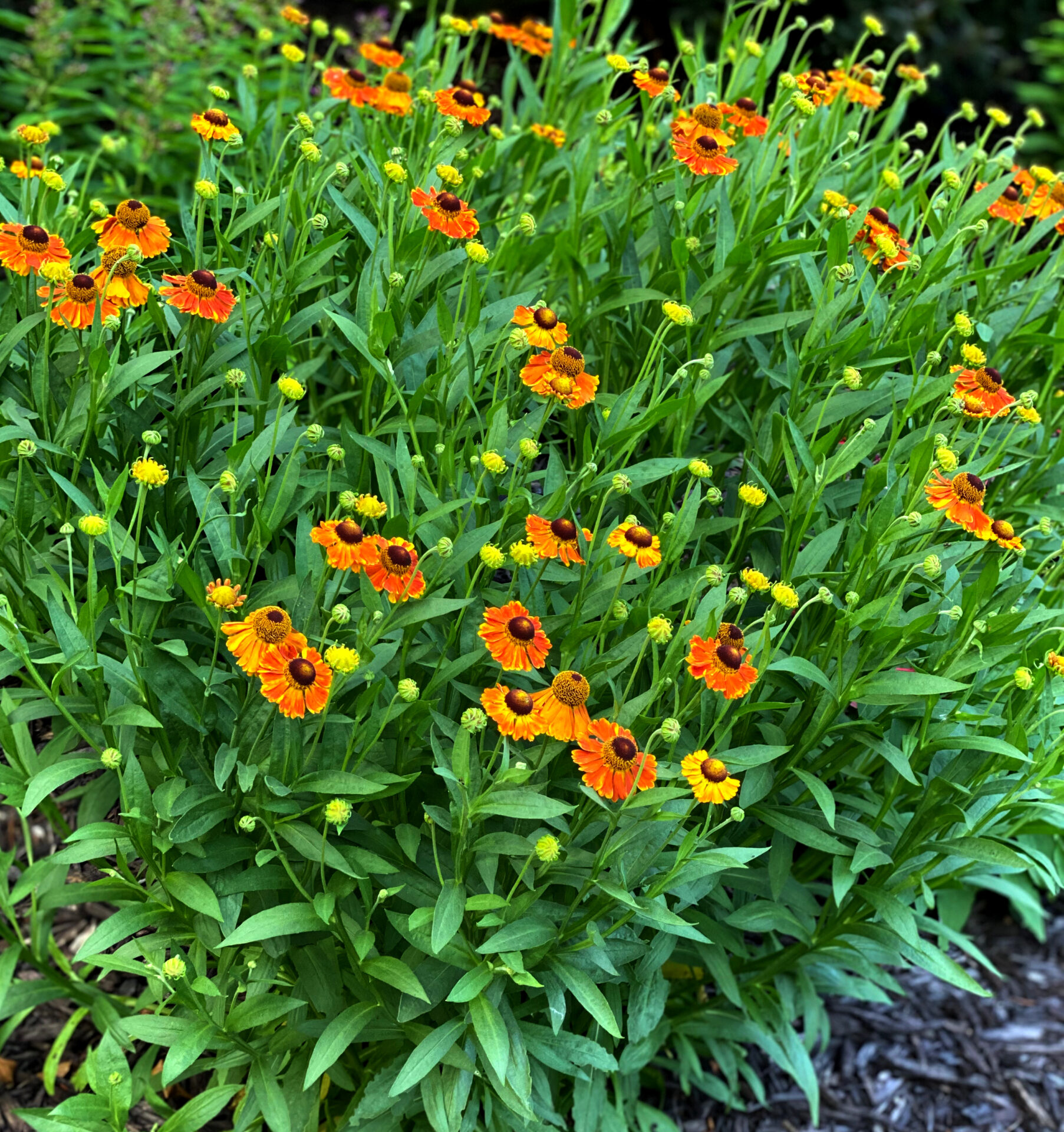No, we’re not talking about flocks of birds, we’re talking about flowering phlox! A small plant that packs a punch of color, especially late into the season. There is still plenty time to plant if the procrastination bug got to you this season. Now is the time, the phlox are in full bloom here at the nursery. Stop in and bring some vibrant color to your garden!
